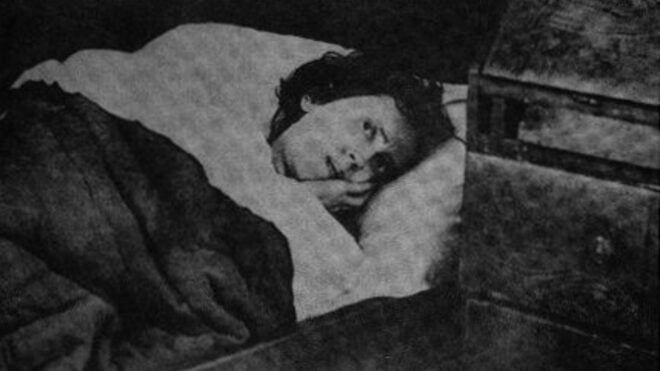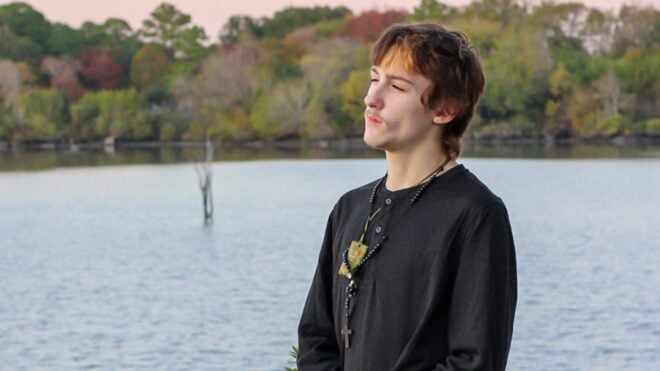Alzheimer's disease is brutally devastating, affecting over 45 million people worldwide. There's still no cure, but scientists have been releasing more and more studies about possible ways that we can postpone and reduce the risks of dementia and Alzheimer's.
A scientific study released in 2012 reported that the risk of Alzheimer's disease is reduced in those who engage in brain-stimulating activities throughout life. Those who stayed mentally engaged through their old age had lower levels of a protein in their brain called beta amyloid. These proteins can clump up to form hardened plaques that destroy memory and thinking skills and are often found in the brains of people suffering from Alzheimer's disease.
Other studies have shown that people who actively play games or do puzzles are not affected by Alzheimer's until much later in life.
When my father lost his mother to Alzheimer's a few years ago, he wanted to do everything he could to reduce the risks for himself. He started doing the morning paper's sudoku and crossword puzzles every day to stimulate his brain, and he convinced me to start doing them as well.
We have compiled a list of fun games, puzzles, brainteasers, and riddles to help you exercise your memory, cognitive thinking skills, and observation skills and get those brains working.
None of these games have been proven to "cure" or definitively prevent Alzheimer's disease, but they're certainly not going to hurt. At the very least, you'll hopefully have some fun!
Please SHARE with friends.
1. Go through each word below and say what color the word is. Don't say the actual word, say what COLOR that word is.
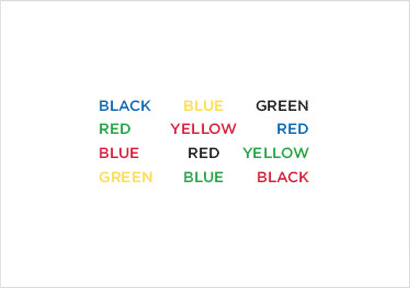
2. Solve this riddle.

Q: Two girls were born to the same mother, on the same day, at the same time, in the same month and year, and yet they're neither identical nor fraternal twins. How can this be ?
The answer is just below...

A: They were triplets!
3. Spot the differences between these two photos.

Answer:
In the upper-left corner of the photo on the left, there is an extra branch sticking out of the largest tree.
4. What do you see in this puzzle?
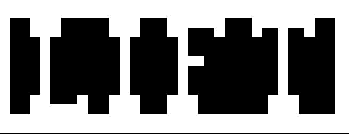
Do you just see black shapes, or do you see the white word "lift" on a black background?
Whichever you first saw, try to see the other way around. Retraining your eyes to see things in different ways helps to keep your brain sharp.
5. Here's an exercise. Study this photograph for one minute. Close your eyes and try to remember as many items in the photograph as you possibly can. Then, do it again and see if you can remember more the second time.
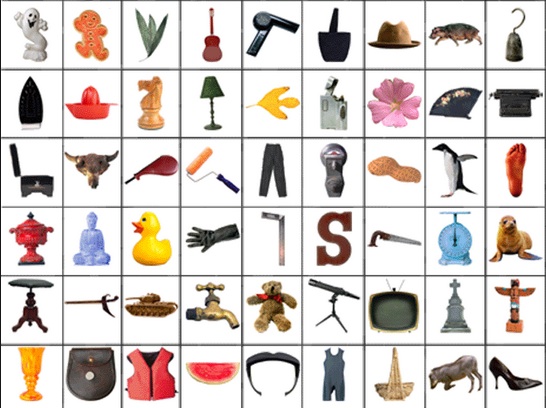
This exercise will help improve your recognition and memory skills.
6. This picture features two circles in the middle of a ring of larger and smaller circles. Which center circle is larger.?
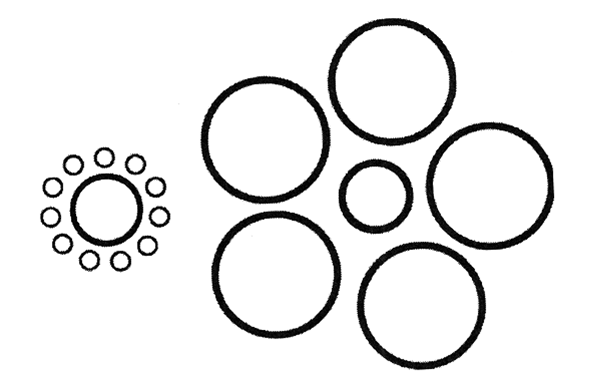
Do you see the left or the right as being larger?
They're actually the same size! The eyes start to play a trick on us. The visual information our brain receives is less precise because perspective begins to play a trick on our mind.
Visual puzzles like this help our brain to stay sharp and see past illusions.
7. Pick the next symbol in this pattern. Is it right side up or upside down?
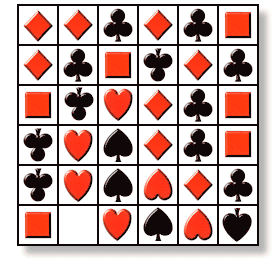
Scroll down for the solution.
The answer is concealed here. Just press the button below to see the answer.
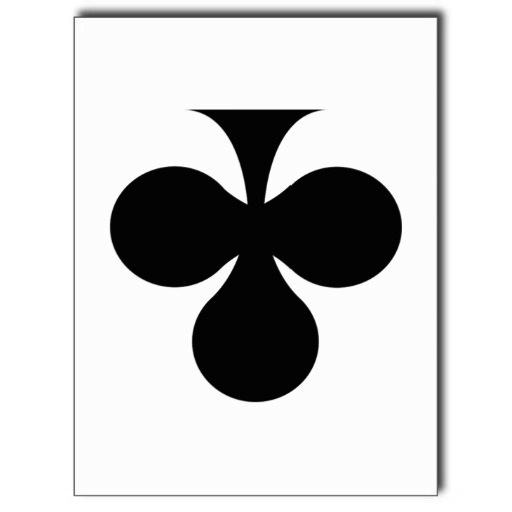
The upside down club is the correct symbol for the empty box.
8. Count exactly how many triangles are in this pyramid.
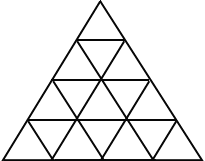
ANSWER:
27 triangles. There are 16 one-cell triangles, 7 four-cell triangles, 3 nine-cell triangles, and 1 sixteen-cell triangle.
11. How can you remove six of these matches to leave "ten?"

If you want to see the answer, just press on the blurry box below.

You might have been trying to remove six matches to leave a remaining ten, but in this case we meant to actually spell the word "ten."
12. Can you spot the difference between these two photos?
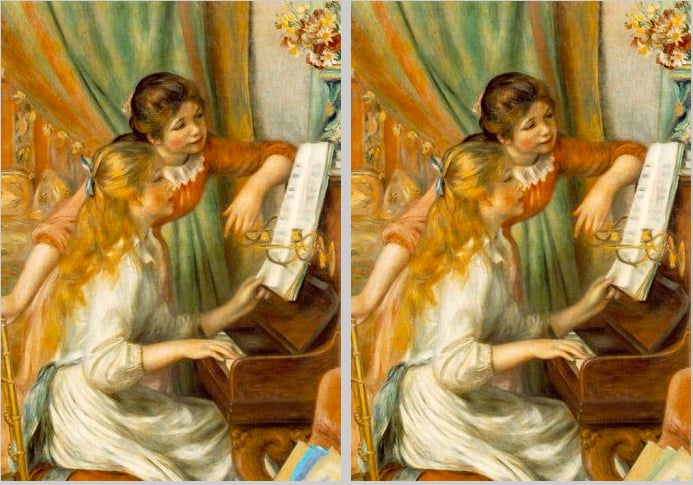
ANSWER:
The papers in the bottom right-hand corner are different colors. There's a bright blue page in the left photo.
13. If kettle A holds 24 ounces of water, how much does kettle B hold?
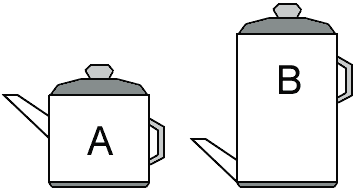
ANSWER:
Even though kettle B looks larger, its spout is only half the size of kettle A. No matter how much water is poured into kettle B, it'll all leave through the spout.
14. Solve the riddle below.
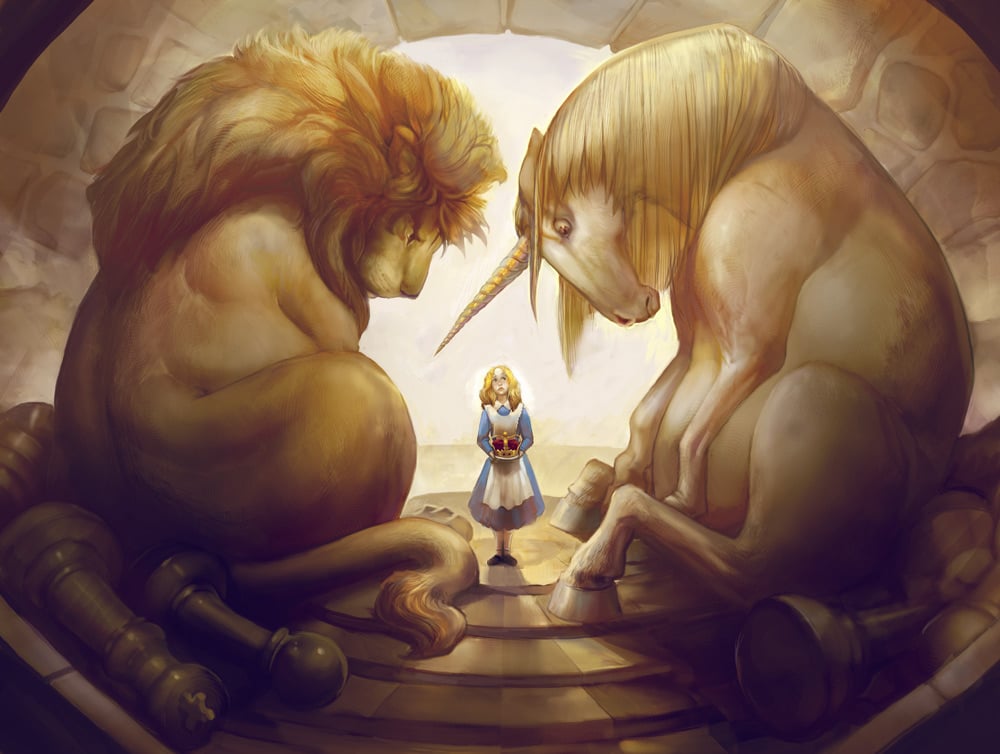
Alice came across a lion and a unicorn in a forest of forgetfulness and she asked them what day it was. Unfortunately, they're both liars.
The lion lies every Monday, Tuesday and Wednesday, and the other days he speaks the truth. The unicorn lies on Thursdays, Fridays and Saturdays, but he speaks the truth on other days.
They answered her thusly:
Lion: Yesterday I was lying.
Unicorn: So was I.
On which day did they say that?
The answer is below.
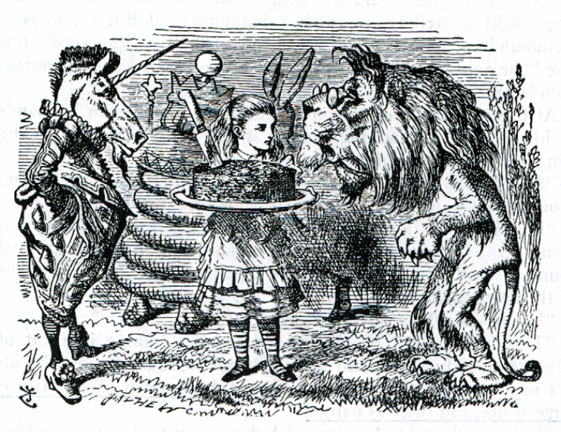
It was a Thursday. The lion was telling the truth, but the unicorn was lying.
If you enjoy these tests, please SHARE.

